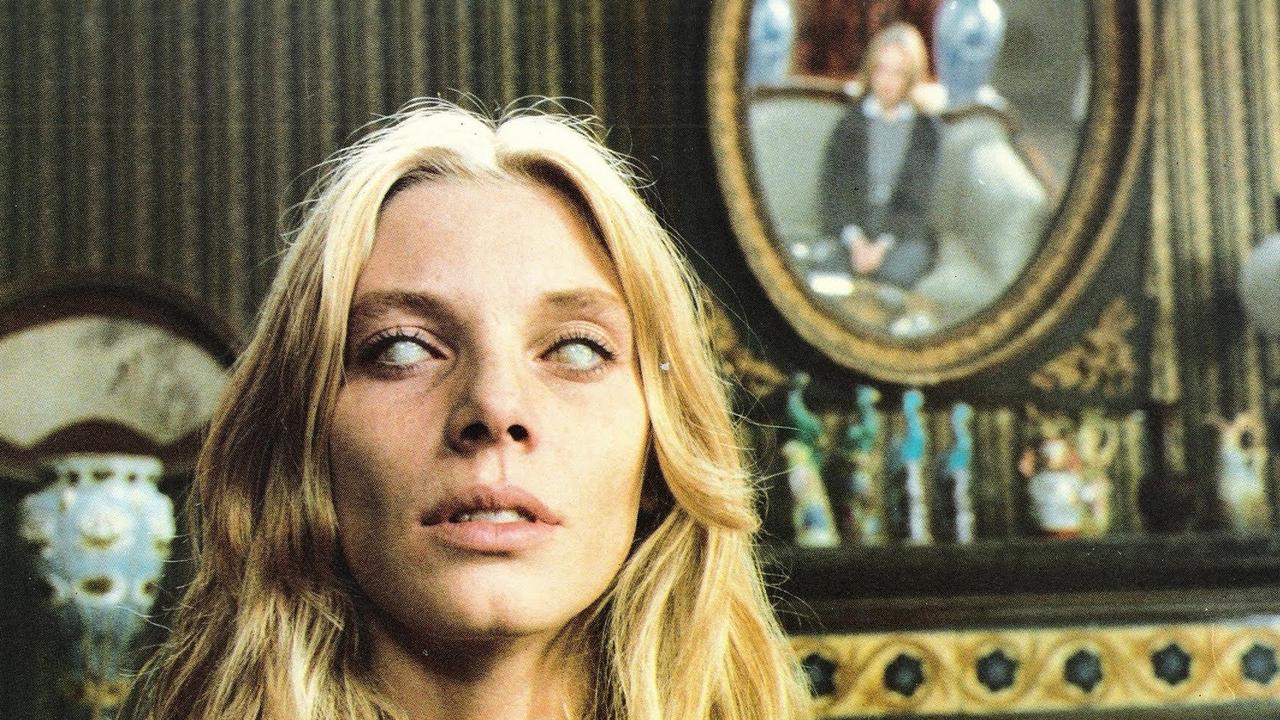
If you’re familiar with the names Lucio Fulci, Mario Bava, and Dario Argento, then you are acutely aware of the impact Italian directors had on the horror genre. Italian horror movies, often coalesced from the Giallo genre, had a golden age of horror from the ‘70s to the ‘80s. After the success of George A. Romero’s Night of the Living Dead, many Italian filmmakers took advantage of the loose Italian copyright laws to capitalize on Romero’s ‘68 classic. Though initially dismissed as copycats, the Italian zombie film genre has gained a strong following throughout the years.
Often featuring insane gore that would not make it past American sensors, prog-rock soundtracks, and camera work that would go on to inspire Quentin Tarantino, these films have shed the label as knock-offs and cultivated a life of their own. Whether you’re a gorehound, a fan of Italian cinema, or just want to kick back and watch some fun zombie mayhem, the films on this list all deliver unique contributions to the zombie genre at large. These are the ten best Italian Zombie Movies.
1. The Beyond (1981)
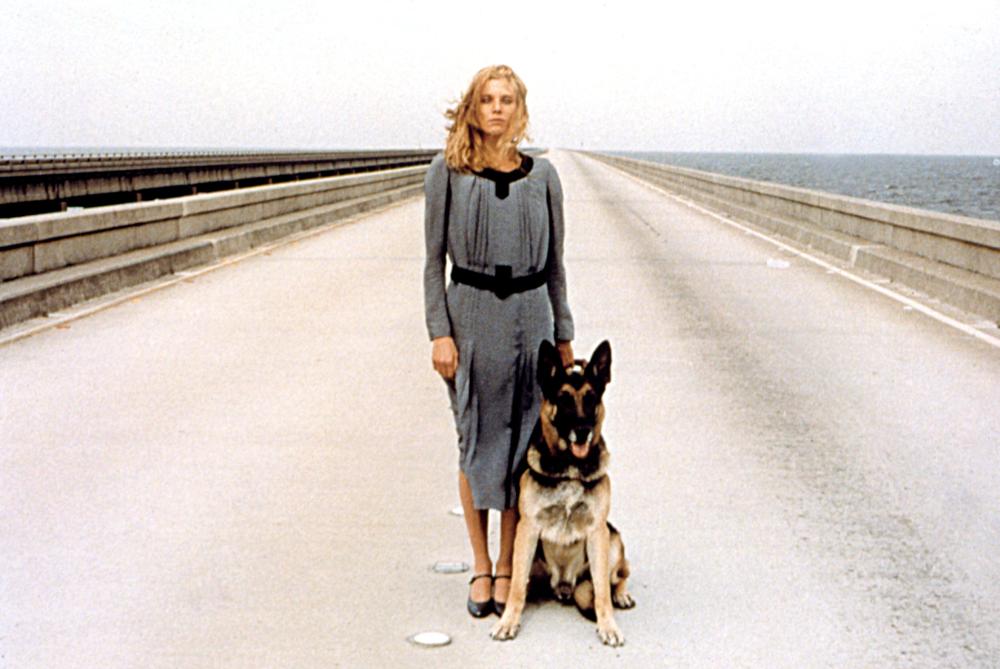
The second in Fulci’s “Gates of Hell” trilogy, The Beyond delivers high-octane gore with unparalleled energy. Upon release in the United Kingdom, the film was branded as a “Video Nasty” and was subjected to severe censorship. Despite the revisions and censorship, The Beyond is not only considered to be one of Fulci’s best films but one of the best zombie films ever made.
The movie follows Liza Merrill, who inherits a hotel in rural Louisiana that was once the site of a horrific murder, and which may be a gateway to hell. After Liza moves in, she starts to experience supernatural occurrences, that culminate in the dead walking the earth.
Featuring gaping plot holes and a generic story, the film was initially dismissed, with Roger Ebert famously noting that the film seemed to be nothing more than a gore vehicle. While Ebert may have been correct about the gore element, The Beyond has developed a rabid cult following. Fans admire the dark and uncompromising story, coupled with intense symbolism and uniquely cruel gore sequences.
The Beyond is the gold standard of zombie films, with the narrative inconsistencies overridden by the intense fever-dream-like atmosphere created by Fulci. The film is chock-full of incredibly vivid cinematography and horrific kills straight out of your nightmares.
2. Hell of the Living Dead (1980)
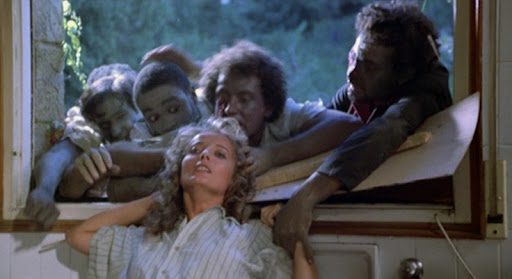
Out of all the entries on this list, Hell of the Living Dead might be the film that is most blatantly a rip-off of a previous, much more successful film. Directed by Bruno Mattei, the movie was intended as a film in the same vein as Dawn of the Dead, albeit with a lighter tone. The movie is notorious for its use of stock footage, a soundtrack from Goblin that is cut and pasted from their other movie’s scores, and atrocious dialogue.
Taking place at a laboratory in Papua New Guinea, the film follows a chemical leak at Hope Centre, an organization created to help feed third-world countries. The leak, known as Operation Death, turns the staff turns into zombies. After escaping, a commando squad led by Mike London runs into a TV reporter who is assigned to cover the story. They quickly learn that the country is overrun by zombies, and band together to survive.
The film is an attempted satire that covers anthropology, eco-terrorists, and development aid organizations. Though the film fails at its attempted satire, there’s something captivating about how ridiculous and off the rails the script goes. Despite the very apparent flaws of the film, the sense of chaos and “throw everything against the wall and see what sticks” ethos that the film follows more than makes up for the derivative elements of the script.
There’s an exuberance the film has with its gore scenes – everything is over-the-top, making for some great unintentional comedy. Though the politics are hamfisted, and the third-world setting is offensive, the sheer absurdity of the film makes for an excellent midnight movie showing.
3. Zombi 2 (1979)
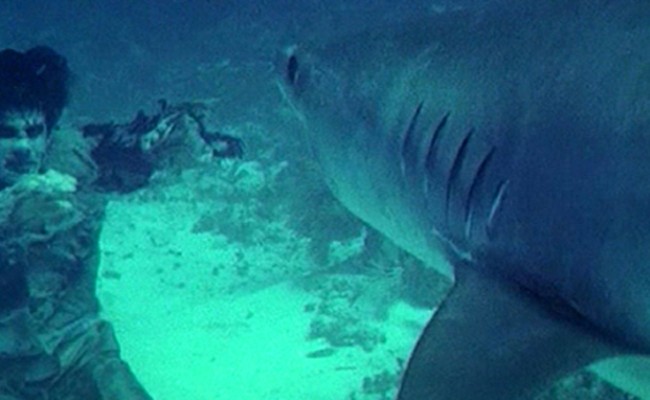
Zombi 2 may be the cornerstone of Italian zombie movies. Initially billed as a sequel to Romero’s Dawn of the Dead, the movie proved to be so compelling that it stood on its own as a genre classic.
Perhaps most known for the iconic calypso island setting, Zombi 2 is the gold standard of zombie films. The film follows a scientist’s daughter, Anne, and her journalist crew, as they journey to the Caribbean island of Matul, an island cursed by voodoo. Anne and the crew search for her missing father as zombies attack.
Full ofo memorable scenes like a zombie fighting a shark and one of the worst treatments of a human eyeball ever committed to film, Zombi 2 transcends mere imitation and has become a landmark entry in the zombie genre. The way the zombies move and rot with intense close-ups evokes a true deterioration that packs a punch. In a genre flooded with clean and fast zombies, the attention to detail in the zombie design sets this film miles apart from any films of recent.
4. Cemetery Man (1994)
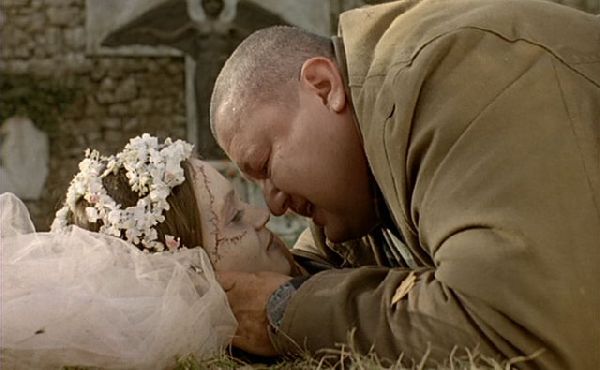
Coming in nearly a decade after the golden age of Italian zombie horror films, Cemetery Man earns a place on this list for its unique sense of humor and infectious B-Movie energy. Sharing a lot of DNA with Sam Rami’s Evil Dead series and taking cues from the likes of Tim Burton, Cemetery Man balances fun characters with ghastly scenarios while putting a fun spin n the zombie genre.
The film follows Francesco Dellamorte, an angsty cemetery caretaker who lives with Gnaghi, an Igor stand-in. Together, this unlikely duo is tasked with ensuring that the zombies, who keep coming back to life, are destroyed and put back into the ground. Playing out like a farcical gorefest, but told like a fairy tale, this episodic film gleefully paints a philosophical atmosphere populated with shocking and audacious violence that comes together to create something truly special.
5. The House by the Cemetery (1981)
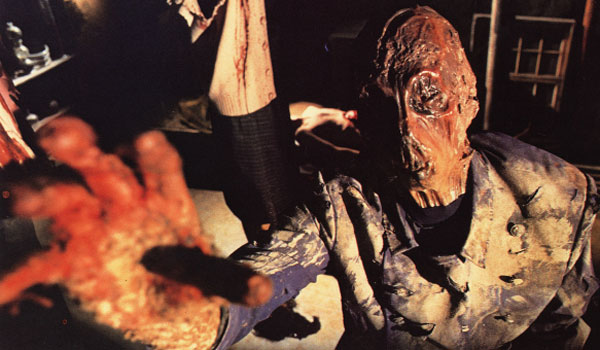
The third of Fulci’s Gates of Hell trilogy and by far his most constrained film, The House by the Cemetery was an admirable stab at something a little different. Forgoing the surrealistic death sequences and high energy that defined the first two films, the movie offered a slow-burn thriller that oozed with dread and atmosphere.
The film follows a family the Boyle family as they move into a New England house by a cemetery. Upon arriving they find the house is in poor condition, with dilapidated walls and a basement that is nailed shut. Little do they know that the basement is host to a self-sustaining zombie that uses the victim’s remaining parts to regenerate its blood cells.
The House by the Cemetery is unique within the Italian zombie genre. Though it pulls on a lot of famous films of the time, including The Shining, Frankenstein, there’s something fascinating about the intimate story it tells. This isn’t the usual hoards of zombies descending on unsuspecting people. It’s a somber story of a desolate zombie who sustains itself in the dark, undisturbed corners of a basement. The framing of zombies as a hidden away evil that festers and grows is evocative, and the movie excels in distilling that mood and creating the perfect atmosphere to match it.
With a haunting third act and a meditative focus on characters, The House by the Cemetery is a treat for those who crave something more than gut-munching in their zombie films.